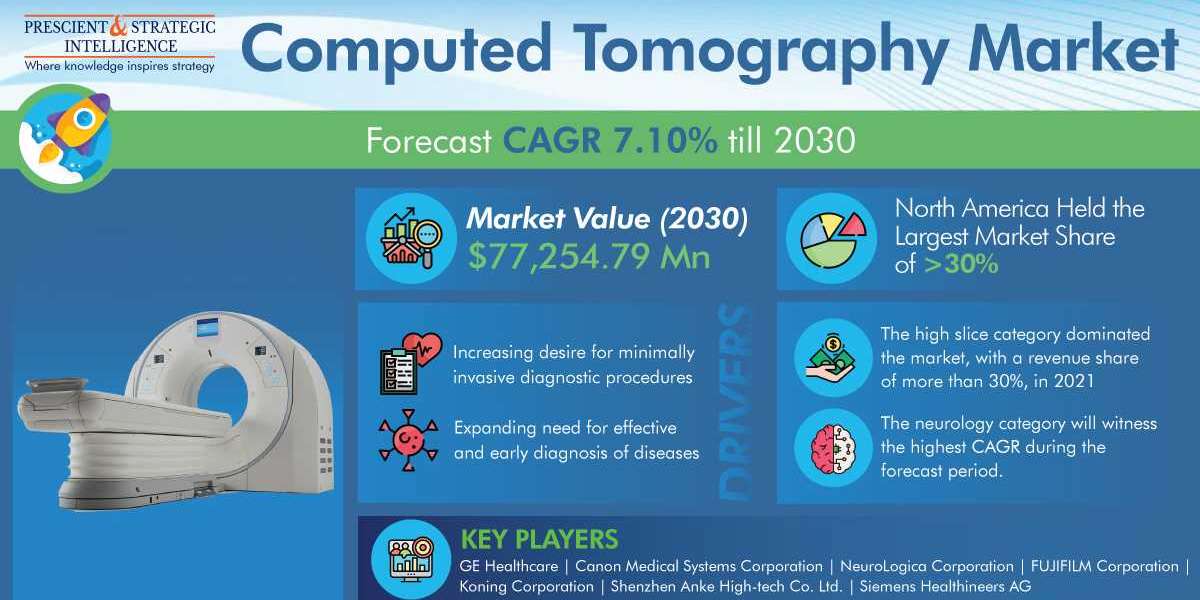The CT is an ingenious tool that can give you a lot of information if you know how to read it right. This popular diagnostic imaging modality fires X-rays from various angles at the body and produces cross-sectional images of the internal anatomy. It is used to diagnose all kinds of diseases related to the bones, muscles, blood vessels, and tissues.
Utility of CT in Suspected Head Trauma
One of the most-critical applications of computer tomography is head trauma. Although an MRI offers clearer pictures than a CT of soft tissues, it is a lengthy process. People suspected with major trauma and possible internal hemorrhaging are short of time, which is why a CT, which is a lot faster than an MRI, is preferred for an initial assessment. A CT scan can be completed in as less as 10 minutes, compared to 1 hour required for an MRI.
Moreover, experts recommend a CT procedure to be started within 25 minutes of a patient’s admission to the ER and the final interpretation to happen within 45 minutes of admission.
In such cases, these scans are used to detect extradural, intracerebral, and subdural hematomas; skull fractures, subarachnoid and intraventricular hemorrhages, cerebral edema, cerebral herniations, and contusions. The key cause of major trauma to the head is road accidents, which kill over 1 million people and non-fatally injure up to an additional 50 million each year. Other causes of head trauma are violence, gunshot, falls due to loss of consciousness or motor issues; and sports mishaps.
Browse detailed report on Computed Tomography Industry Development and Forecast Report 2030
Experts’ Recommendations
In all such cases, the CDC recommends a non-contrast CT scan for unconsciousness patients scoring less than 15 on the Glasgow Coma Scale, who are up to 60 years of age and display short-term memory loss, headache vomiting, suspected alcohol/drug intoxication, coagulopathy, or focal neurologic deficit.
Additionally, for people 65 years or older exhibiting any of the above-mentioned symptoms, the CDC recommends a non-contrast head CT even if there is no loss of consciousness. This is because the elderly are at a greater risk of long-term complications from head injuries that might seem minor on initial examination.
Advanced CTs Could Revolutionize Trauma Diagnosis
Since time is of the essence for people with a blow to their head, a faster CT scan could improve their chances of survival. In this regard, higher-slice scanners (available with up to 640 slices) are beneficial, since, apart from allowing for faster imaging (in turn, higher patient scan volumes), they also offer a better image quality for a lower dose of ionizing radiation and more comfort for children and the claustrophobic.
Spectral CT is another burgeoning trend among radiologists in advanced economies. Unlike conventional systems, which need to scan different tissues using different energy sources, a spectral CT scanner can look for different kinds of issues in different types of tissues with one image. Plus, with just one scan, both contrast and non-contrast images can be produced.
The other big trend in CT imaging is the integration of the AI and deep learning technologies into these systems. This move can further reduce the radiation dosage and offer clearer images, with a potential for more-accurate interpretations, to doctors. Moreover, AI-integrated CT perfusion is being explored for the improved diagnosis of subarachnoid hemorrhage, the most-common cause of which is trauma. In this regard, an AI image reconstruction software developed under a project funded by the NIBIB received the FDA’s 510(k) clearance last year.
Hence, with CT systems and software continuing to be advanced, patients of trauma can hope for a quicker and more-effective diagnosis and better overall care.



